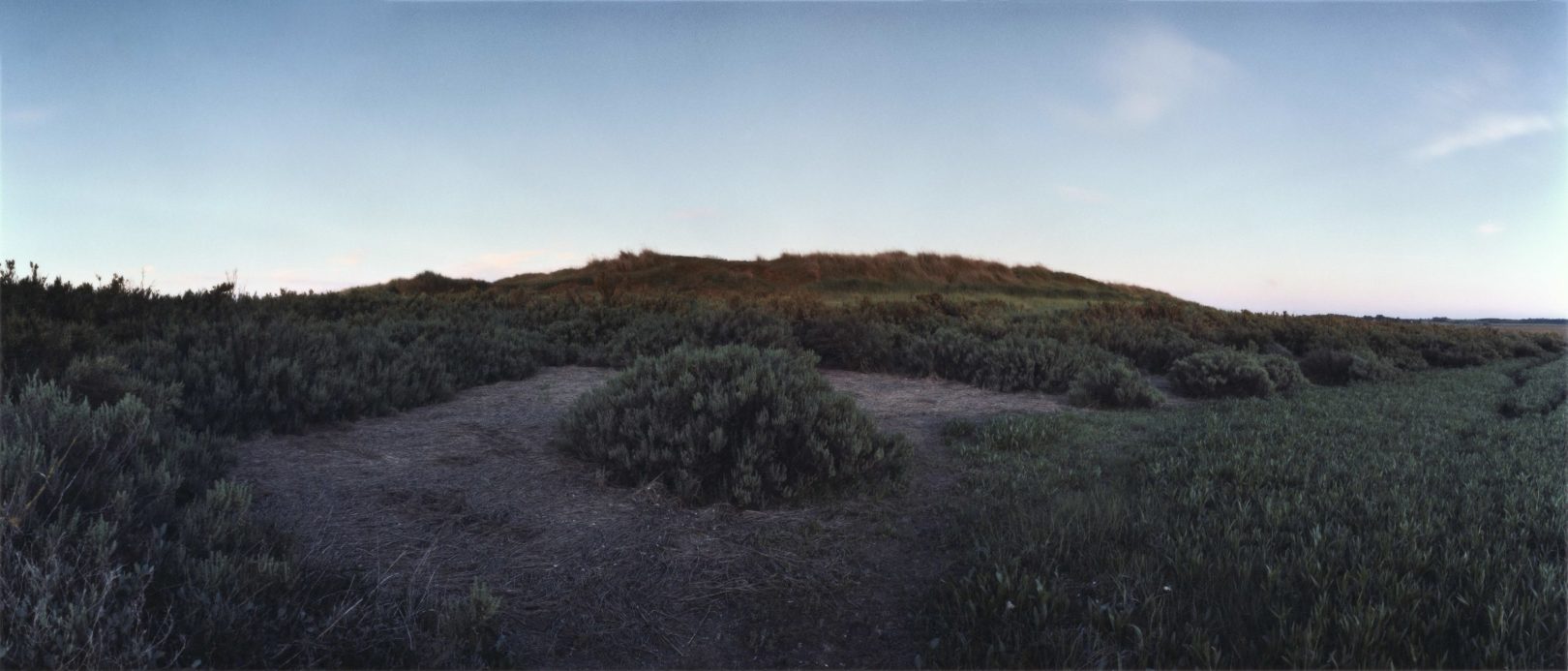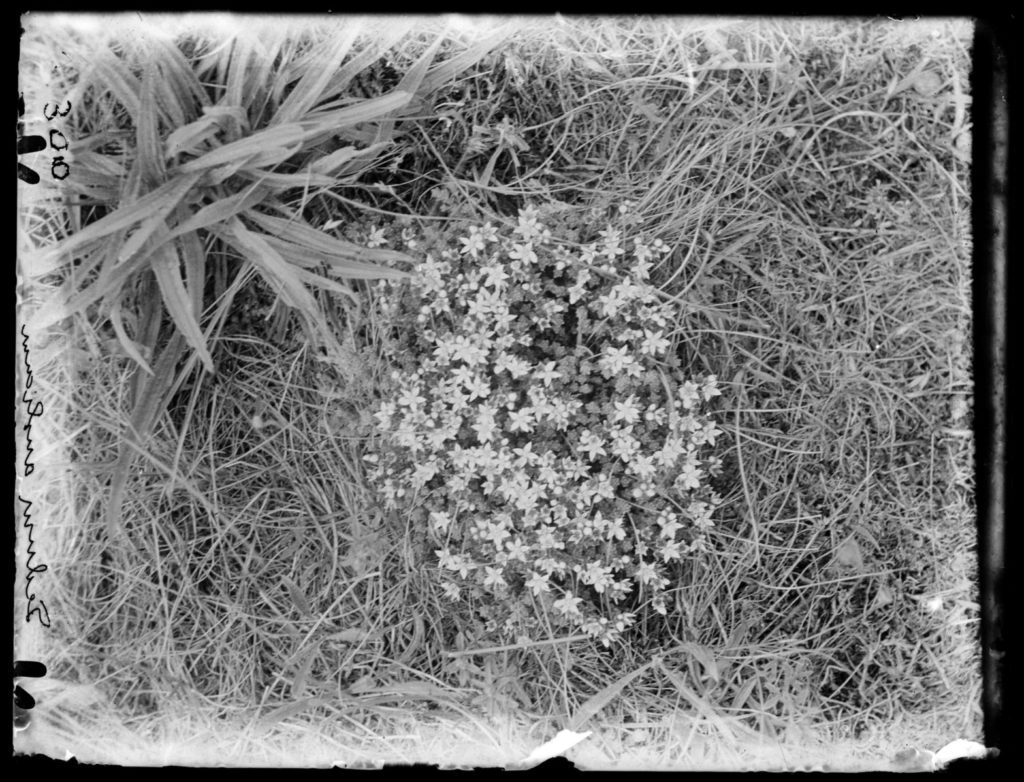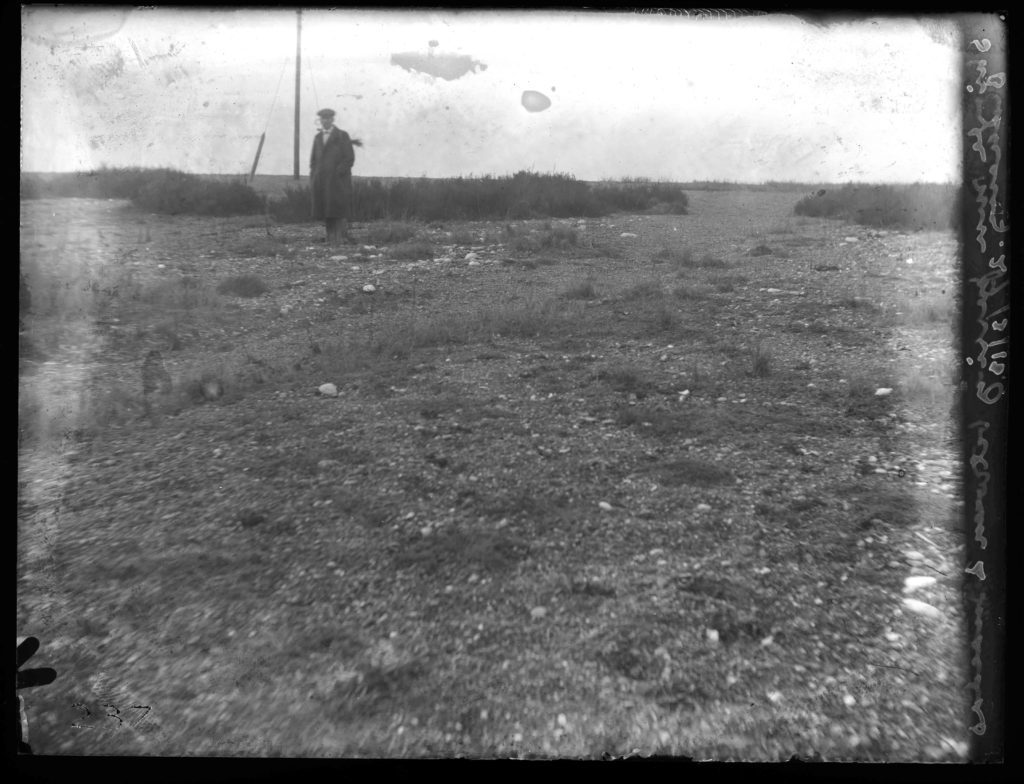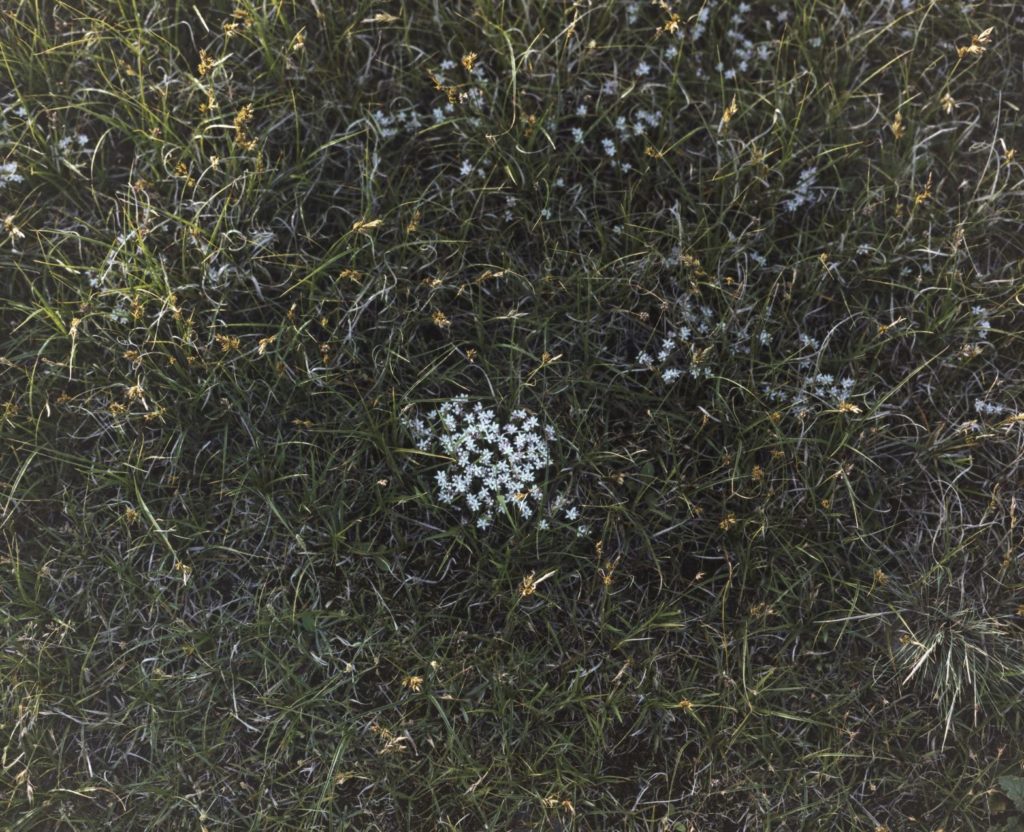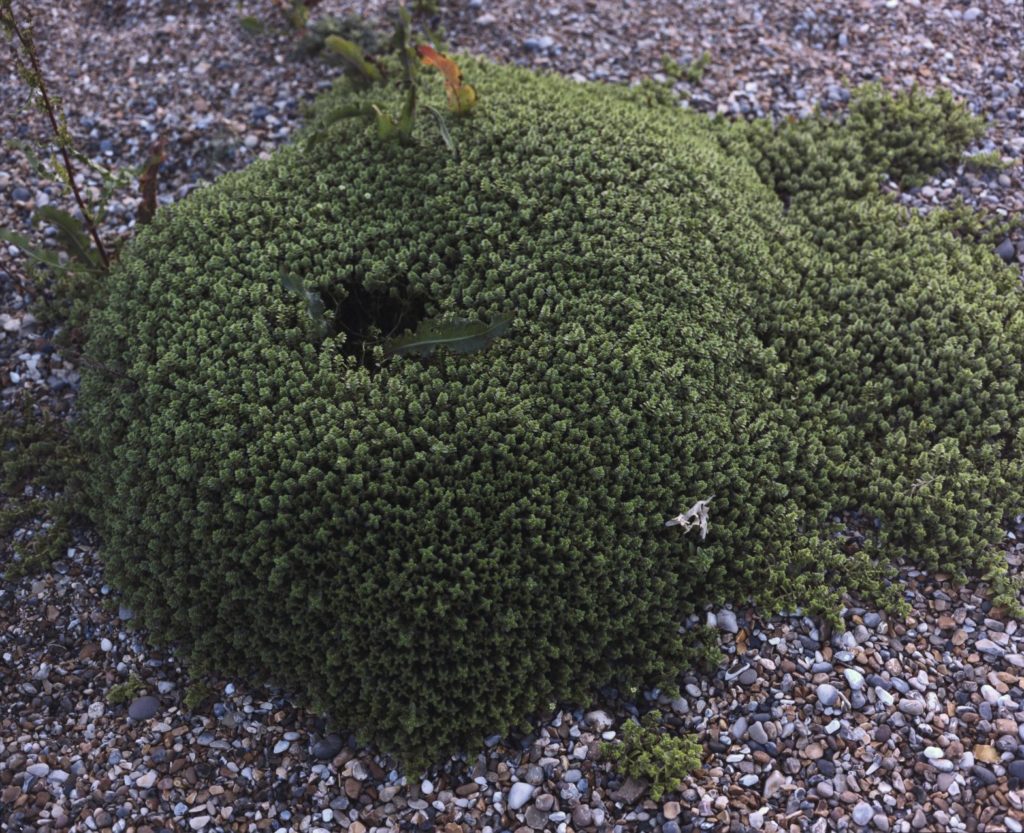23 June – 16 September, 2018
Panoramic photographs and photograms by Chrystel Lebas
Chrystel Lebas: Regarding Nature, featured spectacular panoramic photographs of plants and landscapes on the North Norfolk coast. She made these works from an initial study commissioned from the Natural History Museum, London. Following in the wake of scientists Sir Edward James Salisbury (1886-1978) and his contemporaries Francis Wall Oliver and Arthur Tansley, she re-examined their discoveries. These men had pioneered the documentation of coastal plants in Norfolk in the early 20th century. Most importantly, their studies were partly what led to the founding of the British Ecological Society.
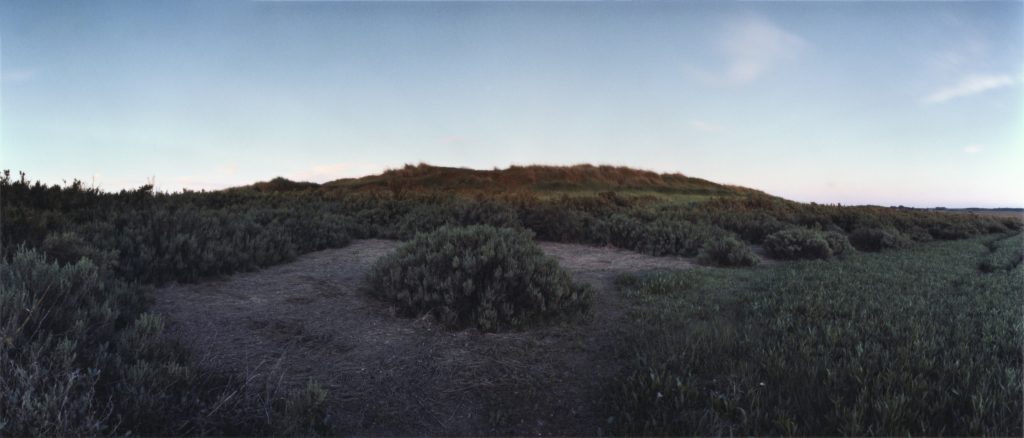
Revisiting Blakeney Point
‘Regarding Nature’ recorded part of a plant and landscape investigation in 2013 on the North Norfolk coast. Chrystel Lebas’s study followed the research 100 years earlier by pioneering plant specialist, Sir Edward James Salisbury. As its foundation, material was provided from his archive, held by the Natural History Museum, who commissioned her project. Salisbury (1886-1978), a director of the Royal Botanic Gardens at Kew (1943-1956), wrote many important plant books. Among them was the one that informed this study directly: Blakeney Point, Norfolk: Topography and Vegetation, published together with F.W. Oliver in 1913. The two men were part of a pioneering group of scientists who founded the British Ecological Society, in the same year. It was the first society of its kind in the world and came about partly as a result of their work on plants at Blakeney Point.
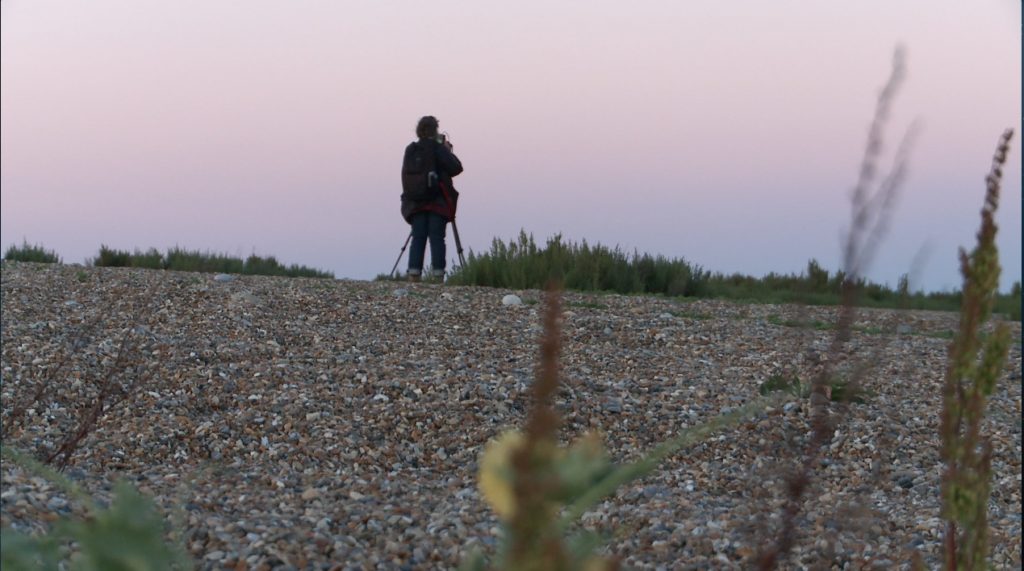
Using a panoramic camera
F.W. Oliver, like Lebas, employed a panoramic camera, giving the detail which enabled her to pinpoint his exact original research locations. However, her work contributes a whole new spectacular artistic interpretation of these subtle marsh landscapes. She took her images, at dusk, when nature gradually changes colour and takes on a new atmosphere. In order to intensify the impression, she captured them with long exposure times and a panoramic camera. This gives her pictures a breath-taking detail, drama and depth. Regarding Nature showed a selection of four of these. Salisbury’s original plant pictures were alongside them in light boxes. In the display case was a range of the research materials that informed the whole project.
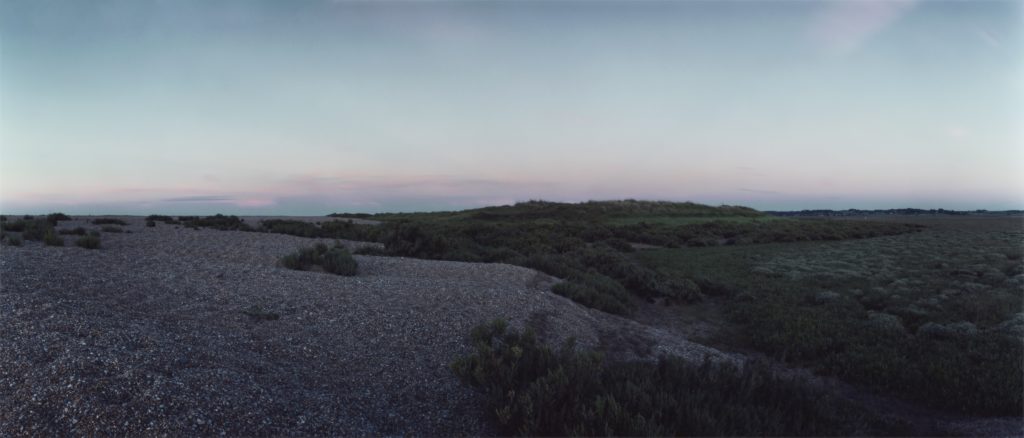
Chrystel’s work went beyond the initial research, to contribute a whole new spectacular interpretation of these subtle landscapes. Her study of plant detail gained a new importance, in the context of the dramatic coastal end ecological changes in the hundred years since the scientists were first recording them.
Weeds and aliens
‘We can in fact only define a weed, mutatis mutandis, in terms of the well-known definition of dirt as matter out of place.
Edward James Salisbury (1935), The Living Garden
What we call a weed is in fact merely a plant growing where we do not want it.’
The exhibition continued on the upper landing with a series of photograms of a rare, almost extinct plant, London Rocket. Inspired once more by EJ Salisbury’s publications, including ‘Weeds and Aliens’, 1961, Chrystel had read about this plant and finally managed to find some. She used a botanist’s methods to record it. Then through the photograms, called Plant Portraits, she experimented with rendering its image in a number of wonderful colour variations.
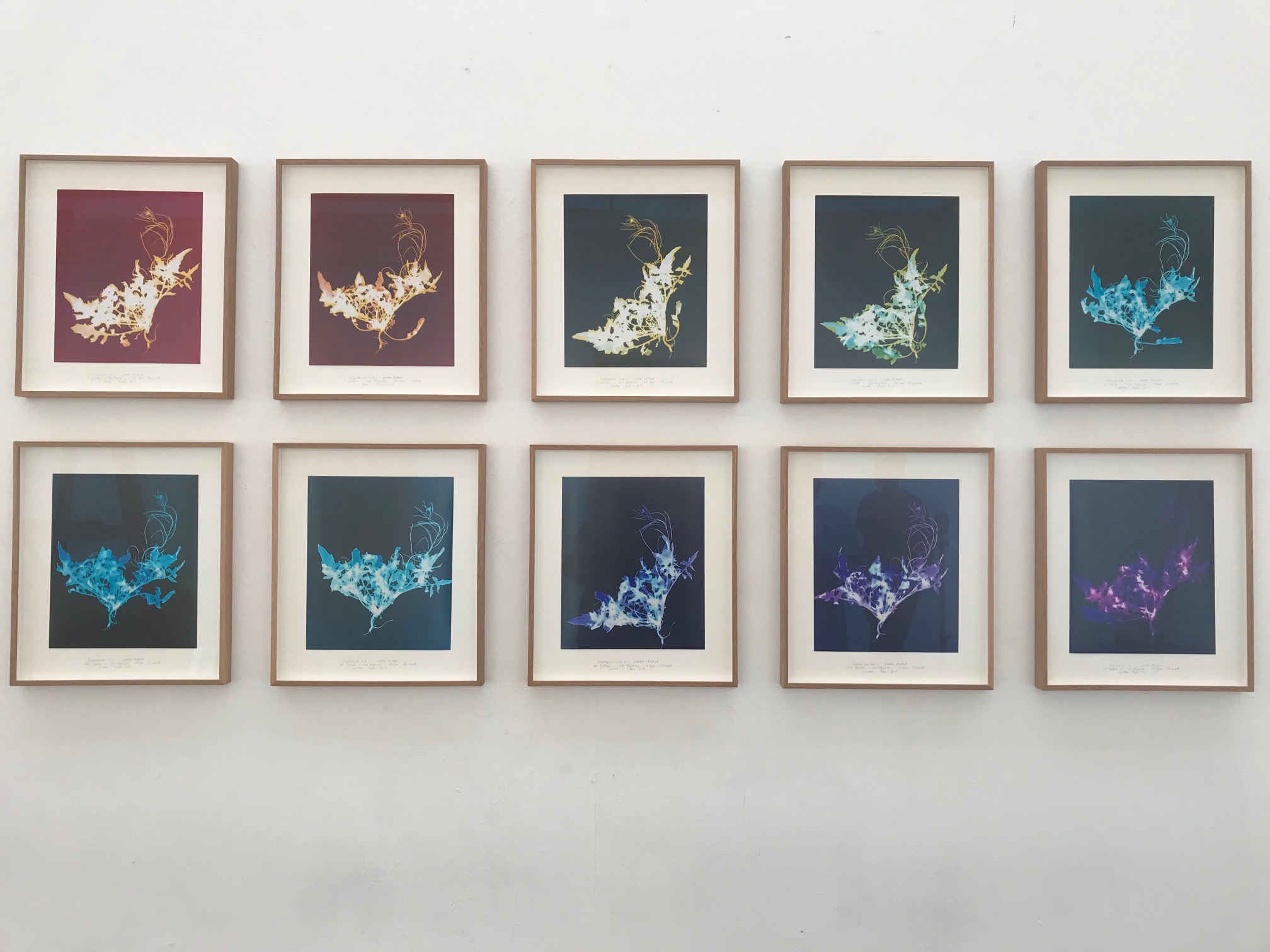
The first show was at Huis Marseille in Amsterdam
‘Regarding Nature’ is part of a larger body of work including further places of study in Scotland and Devon. Its first showing was at Huis Marseille, Museum for Photography, Amsterdam in 2016-17. Bergit Arends, former curator of contemporary art, Natural History Museum, commissioned the original research project. She and Chrystel were assisted by forensic botanist Mark Spencer. The entire project was funded by the Calouste Gulbenkian Foundation.
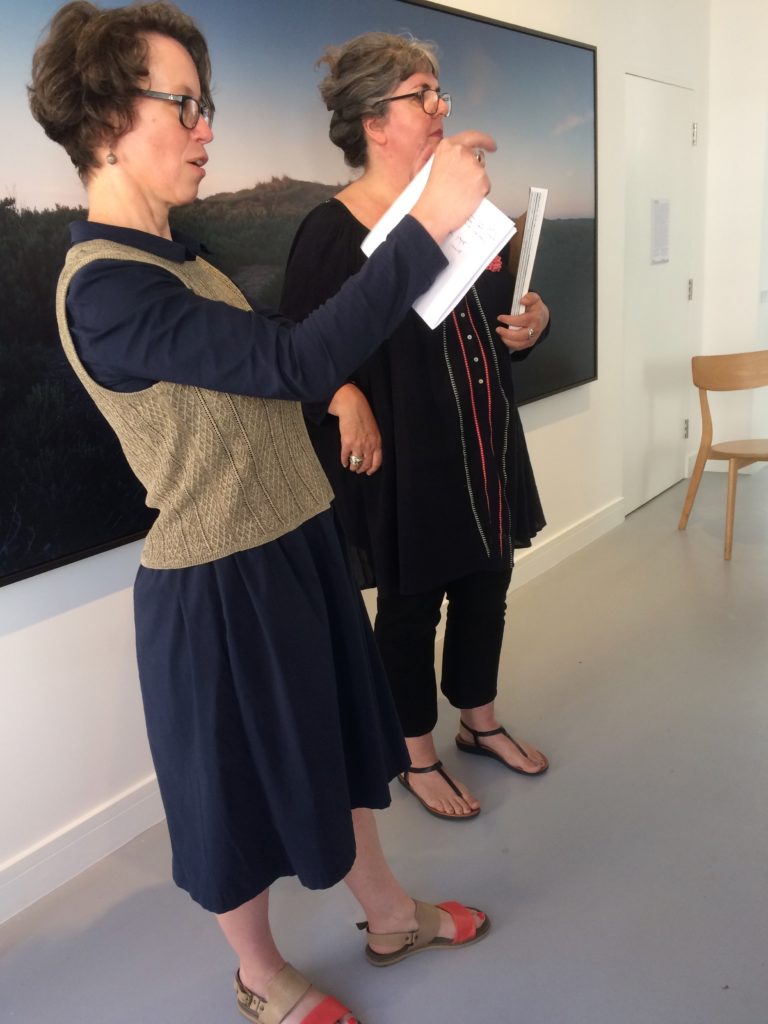
Award-winning book
The book which accompanied this exhibition, ‘Field Studies, Walking Through Landscapes and Archives’, published by Fw:Books, won the Dutch book design award in 2017, and the prestigious Kraszna-Krausz Foundation award for best photography book, 2018.
The events programme for this exhibition was funded by the British Ecological Society and co-organised with the Norfolk Wildlife Trust Visitor Centre at Cley.
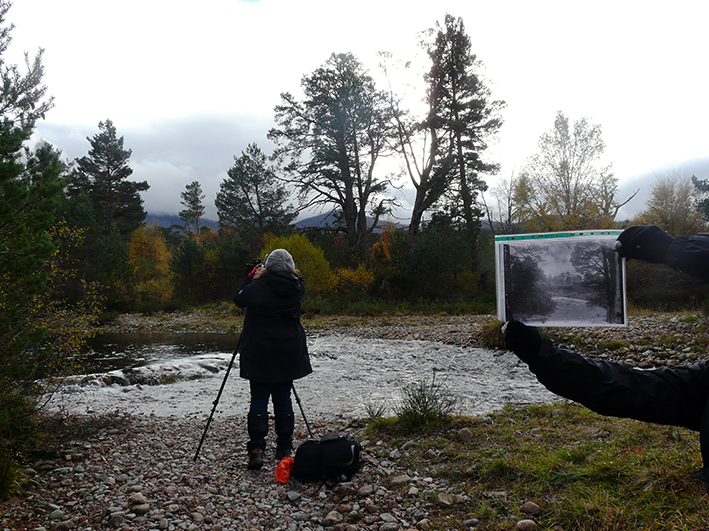
About Chrystel Lebas
Chrystel Lebas, born in Salon de Provence, grew up in the remote forests of the surrounding region in Southern France. She spent her youth mainly outdoors, immersed in the scent of pine trees. She recalls experiencing the power of the mistral winds and the memory of slowly invading dusk. These impressions were to determine her métier as an artist. She obtained an MA in Photography at the Royal College of Art in London in 1997. Her series ‘Between Dog and Wolf'(2004–2005), ‘Blue Hour’ (2005–2006) and ‘Études, Bel-Val’ (2008–2009) were greeted with tremendous acclaim. They were exhibited in 2015-16 at the Victoria and Albert Museum and The Photographers’ Gallery in London and the Musée de la Chasse et de la Nature in Paris. Over the last 20 years, she has frequently returned to nature, hiking through Europe’s remotest nature reserves to explore the landscape.
Capturing human and animal in the landscape
In capturing her images, Lebas looks beyond the pictorial qualities and aims above all to reveal complex interactions between human and animal on the landscape. She seeks to record environmental impact, ecological processes, climate change. She uncovers the various layers of meaning over long periods of time, by returning during different seasons. Twilight, when nature undergoes a very slow transformation in terms of colours and atmosphere, is her absolute favourite moment of the day. The panoramic camera is her favoured tool for capturing these long exposures.

